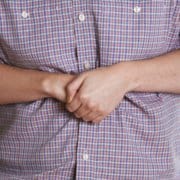Fire can be compared to a triangle. Three sides are necessary to make a triangle and three ingredients are necessary to cause a fire. These are heat, air, and fuel. If any one of these three sides is missing, there can be no fire.
Heat
Heat, the first side of the fire triangle, can come from many sources. It can be generated by sparks from welding operations, discarded cigarette butts, electrical shorts, frayed wiring, friction from power tools, and hot exhaust pipes.
Fuel
Fuel, the second side of the fire triangle, may be liquid, such as gasoline or solvents; a solid, such as paper or wood scraps; or a gas, such as propane.
Air
Air, the third side of the fire triangle, contains oxygen which is necessary to sustain a fire. Heat, fuel, and air must be in the proper proportion for fire to occur. Read more

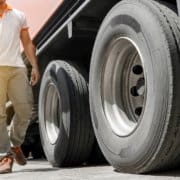
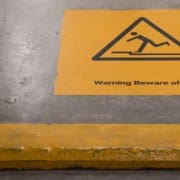
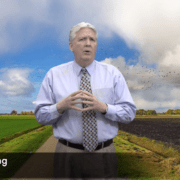
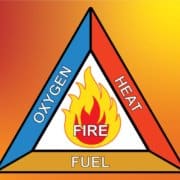 Thompsons Limited
Thompsons Limited

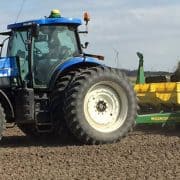
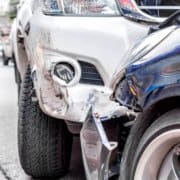 Thompsons Limited/Shutterstock
Thompsons Limited/Shutterstock
